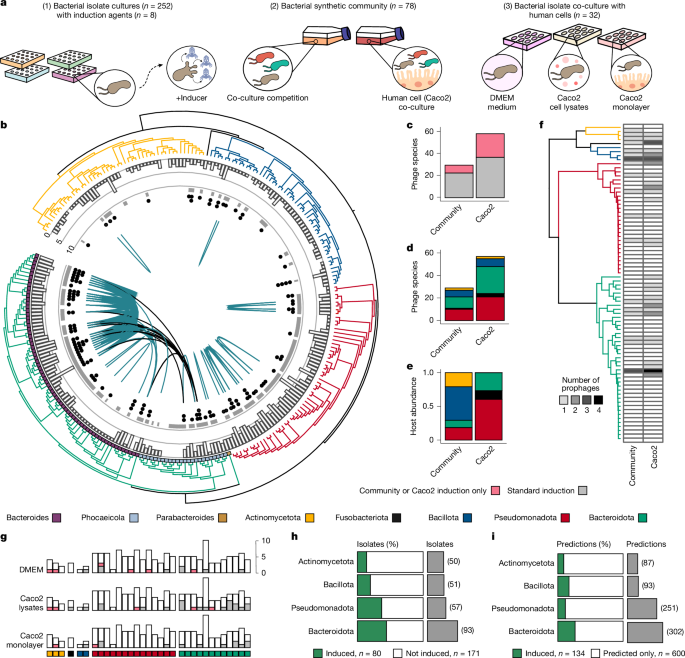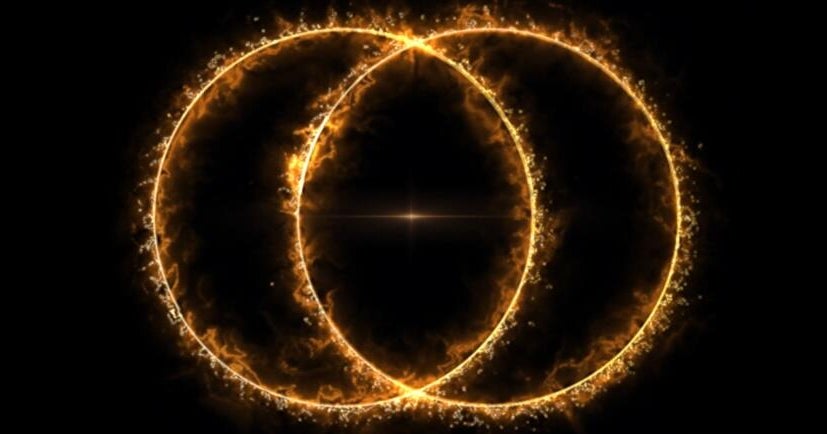Deep in outer space, astronomers have discovered another “odd radio circle” — the latest in a short list of mysterious rings that surround distant galaxies — and researchers say this one is particularly peculiar.
“Odd radio circles,” or ORCs, are enormous and unexplained phenomena that can only be detected using radio telescopes. So far, just a handful have ever been identified.
Now, researchers at the University of Mumbai in India, with help from citizen scientists and the world’s largest low-frequency radio telescope, have pinpointed “the most distant and the most powerful ORC known to date,” according to the London-based Royal Astronomical Society. The group published a study on the new finding in the October issue of its scientific journal, the Monthly Notices of the Royal Astronomical Society.
While ORCs detected in the past looked like one bright circle, this one consisted of two intersecting rings, which is rare. Previously, research into ORCs suggested the rings could be caused by shockwaves that were triggered by the merging of supermassive black holes or galaxies, but the latest findings propose that they actually could be linked to “superwind” flowing out of their host galaxies, the Royal Astronomical Society said.
RAD@home Astronomy Collaboratory (India)
“ORCs are among the most bizarre and beautiful cosmic structures we’ve ever seen — and they may hold vital clues about how galaxies and black holes co-evolve, hand-in-hand,” Ananda Hota, the founder of the RAD@home Astronomy Collaboratory, a platform where citizen scientists helped spot the ORC, said in a statement.
“The fact that citizen scientists uncovered them highlights the continued importance of human pattern recognition, even in the age of machine learning,” Pratik Dabhade, of the National Centre for Nuclear Research in Warsaw, Poland, who co-authored the study, said in a separate statement. “These discoveries show that ORCs and radio rings are not isolated curiosities – they are part of a broader family of exotic plasma structures shaped by black hole jets, winds, and their environments.”
First Appeared on
Source link













